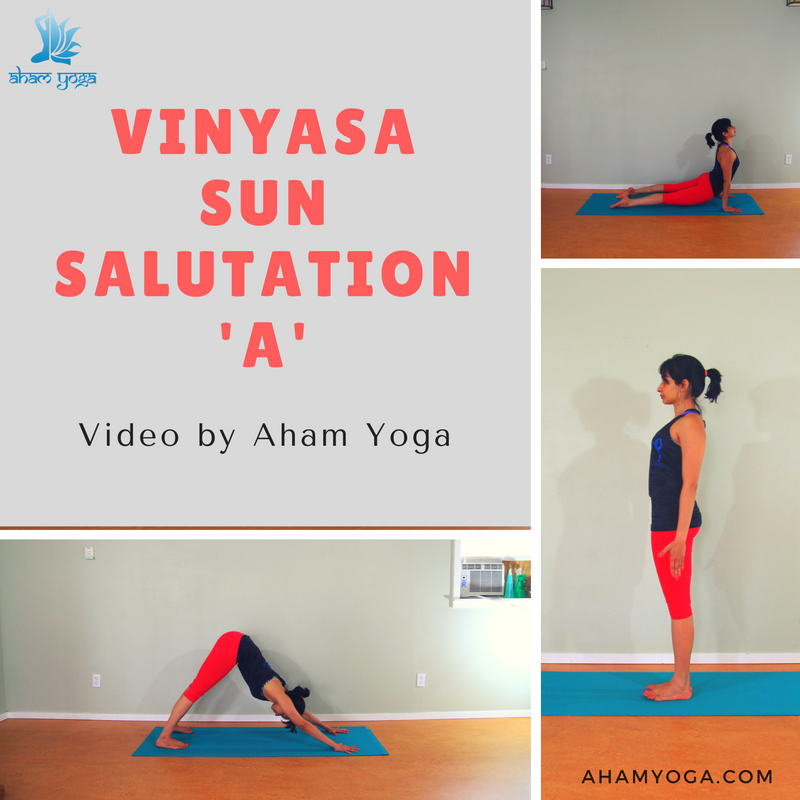Sun salutations have been part of the yogic tradition for thousands of years, and were originally called Surya Namaskar. ‘Surya’ means the sun and ‘Namaskar’ means salutations. Sun salutations are a sequence of pre-set postures linked together in a particular order and rhythm. This is paired with the breath coordination as well as mindfulness of the practice.
There are many different sun salutations in the tradition of yoga. Depending on the lineage, school and era – these vary. Today we are looking at a more recent sun salutation called “Vinyasa A”. This belongs to the Ashtanga Yoga tradition. This particular sun salutation was given to us by Sri. T Krishnmacharya who is often considered “the father of modern yoga”. But was popularised by his disciple, Sri. Pattabhi Jois.
This is widely practiced in the western world now, but in India the classical version of the sun salutation is more popular. Vinyasa A sun salutation builds strength and flexibility in the yoga practitioners body. It is challenging, dynamic, and should be mastered after learning classical sun salutations.
It contains the following asanas, or postures:
-
Urdhva Namaskarasana = Inhale
-
Uttanasana/Intense forward fold = Exhale
-
Ardha Uttanasana/ Half forward fold = Inhale
-
Chaturanga Dandasana/Four Limb Staff pose = Exhale
-
Urdhva mukha swanasana/upward facing dog = Inhale
-
Adho mukha Swanasana/downward facing dog = Exhale
-
Ardha Uttanasana/ Half forward fold = Inhale
-
Uttanasana/Intense forward fold = Exhale
-
Urdhva Namaskarasana = Inhale
-
Tadasana/Mountain pose = Exhale
It is best learnt when the postures are individually mastered with a keen sense of alignment and intention. Depending on the level of yoga experience, one can do anywhere from 3 to 8 rounds before continuing with the rest of the practice. This practice will bring you energy and should be avoided late at night.
Please leave us your questions and comments below.

